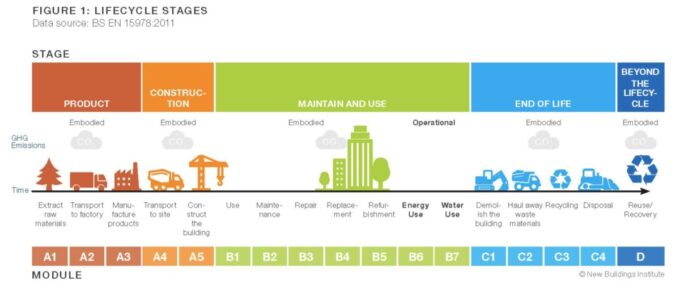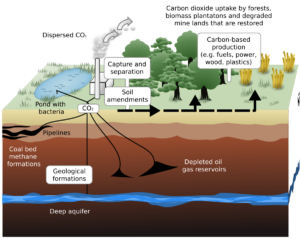What Is the Building Life Cycle?
The building life cycle refers to the comprehensive stages a structure undergoes, from its inception to its demolition or reuse. It encompasses the design, construction, operation, maintenance, renovation, and deconstruction phases. This concept is critical for evaluating a building’s environmental impact and resource consumption over its entire existence.
By analyzing each phase, stakeholders can identify opportunities to improve sustainability, reduce waste, and minimize carbon footprints. This approach helps in understanding how buildings interact with the environment and in making informed decisions to enhance efficiency.

The Role of Building Life Cycle in Sustainable Projects
A life cycle perspective allows designers and builders to anticipate the environmental and economic impacts of decisions at each stage. For instance, during the design phase, choosing renewable materials can significantly lower embodied carbon. Similarly, incorporating energy-efficient systems reduces operational emissions during the building’s use phase.
Lifecycle assessments (LCAs) quantify the environmental effects of a building, considering energy usage, emissions, and resource depletion. Decision-makers can use LCAs to evaluate and compare design alternatives to meet sustainability goals. One such software platform is One Click LCA.
Strategies to Incorporate Building Life Cycle for Sustainability
- Prioritize Material Selection:
Opt for renewable, recyclable, and low-carbon materials during construction. For example, reclaimed wood or recycled steel minimizes environmental damage. - Design for Durability:
Create structures that require minimal maintenance and can adapt to future needs, extending their useful life. - Use Energy-Efficient Systems:
Incorporate renewable energy sources and high-performance mechanical systems to reduce operational energy consumption and emissions. - Plan for Deconstruction:
Design buildings with modular components that can be dismantled and reused rather than demolished and sent to landfills. - Perform Life Cycle Costing:
Evaluate not only upfront costs but also long-term expenses, such as energy, maintenance, and eventual decommissioning costs. - Adopt Digital Tools:
Use Building Information Modeling (BIM) to simulate life cycle scenarios and optimize for sustainability metrics.
Benefits of a Life Cycle Approach
- Environmental: Reduces greenhouse gas emissions, resource extraction, and waste generation.
- Economic: Lowers operational costs and improves return on investment through efficient resource use.
- Social: Enhances indoor air quality and energy affordability, benefiting building occupants.
Future of Building Life Cycle in Construction
Emerging technologies, such as carbon capture materials and AI-driven analytics, will further optimize building life cycles. Policies mandating LCAs for building permits may also accelerate the adoption of sustainable practices.
Understanding and incorporating the building life cycle ensures a holistic approach to sustainability, benefiting both the environment and the economy. By using strategies that address all phases of the life cycle, builders and designers can create structures that are environmentally responsible, cost-effective, and adaptable to future challenges.









